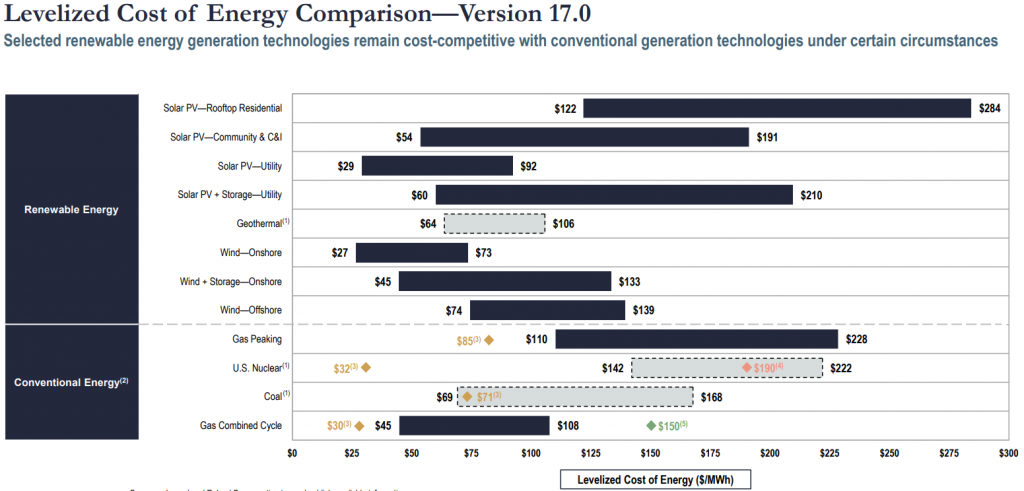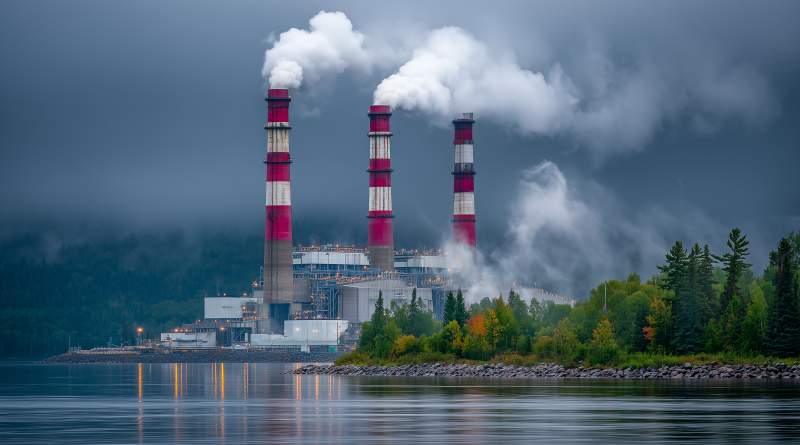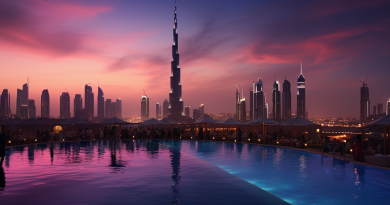DoE’s Chris Wright: Spend More Money, Die Faster.
Yeah, we’re all well aware that we’re living in the upside down these days. But this even extends to energy markets, where new orders from Chris Wright, the Secretary of Energy, are demanding that customers pay more money for power. Why? No one knows! Let’s dive in!

Economic Dispatch
Utility energy markets– as opposed to, say, energy markets at large, or oil markets specifically- are very complicated things, because it’s the only market in which something that is produced is effectively used instantaneously. This is how power works, and it’s why an enormously sophisticated network of computers, sensors, controls, and humans must work around the clock to ensure power reliability. Which, well.
One important principle is the idea that power should be produced in the cheapest available manner, assuming supply and demand parameters and technical constraints are met. This is called “economic dispatch,” and it’s a sensible enough concept. Right? Well, sure– to sensible people. If solar power can be produced cheaply in a sunny place, though, how do you move it to a place that isn’t sunny? If you’re in Iowa, for example– a state that was once curiously referred to as the Saudi Arabia of wind– you have to get that power from a state of a couple million people to a compact market of a few million people (say, the Twin Cities, or Chicagoland).
Long-distance, high-voltage transmission makes this both possible but also economical, because wind and solar have zero fuel cost, compared to the cost of, say, coal (which must be mined), gas (which must be extracted), or uranium (which must be mined, processed, processed again, and then assembled into fuel rods, and transported with painstaking care). This renders meaningless the dismissal of, “solar panels are stupid because the sun doesn’t shine at night! Checkmate, libs!”

Trumpnomics Says Costs Don’t Matter.
We know that this administration traffics in a lot of “let them eat cake” rhetoric– talking about the $300 million ballroom the president is trying to build, for example, or mocking the “old-fashioned” term of “groceries.” But we need not look beyond the way the administration is dealing with energy to understand that they don’t particularly care about free market principles– or consumer protection.
Trump-47’s Secretary of Energy, Chris Wright, comes from the fossil fuel industry, and he disagrees with the notion of economic dispatch, if that means promoting fossil fuels over renewables. He has worked hand-in-hand with the administration to not only end subsidies for renewables, but to intentionally delay grid connections for them in favor of fossil fuels— at a time when the grid can use all of the love (and capacity) it can get. Incidentally, it was a different Trump administration– under two different secretaries including an oilman (Rick Perry) and a pro-oil political operator (Dan Brouillette)- that killed what might have been the most transformative American proposal for the power grid since the New Deal.
Why did they kill that proposal? It’s not clear; no rationale was really given, beyond a litany of complaints about the sins of renewable energy. Or, I don’t know, whatever. The DoE attempted to bury the report and it was only in response to litigation that it ended up being released. (You can read it here, by the way). The outcome of grid modernization would have been to allow high-voltage transmission from areas where there’s a lot more power at any given point, to an area where there’s a lot more demand than there is generation.
But that highlights how the administration views innovation: if you’re not fitting into their box, you’re not worthy of consideration, and you might well be viewed as hostile. And they’ll certainly be hostile to you, especially if you’ve ever even thought a charitable thought about wind or solar– even while they tell a different story to the utility industry, which is pretty committed to retiring coal power.
And why do they want to retire coal? It’s really, really expensive.

Why coal?
Coal is expensive. But it’s a great talking point in the culture wars. The EIA’s LCOE report from the spring of this year doesn’t even mention coal— because coal power plants aren’t being built. Coal isn’t being built because it’s dirty and expensive and inefficient. The Lazard report— through the DoE itself- agrees, showing prices for coal hovering between $69-168/MWh, compared to as little as $29/MWh for utility-scale PV, and as little as $27 for wind. (The ranges are explained in the report).
Wright’s orders to keep the J. H. Campbell plant in West Olive, Michigan, open, means that Consumers Energy has to operate it, even if it’s not economical to do so. Rates are set by statute, and companies cannot simply increase the price of power to account for this less efficient mandate for dirtier power.
Wright’s argument is that more capacity is needed, so we must keep the coal plant open. But we already have a way to maintain and expand capacity, and it’s called a market. New capacity is largely being taken care of by new generation assets being added every day– they’re also mostly renewables. This, of course, doesn’t factor into Wright’s calculus of preserving the sinking ship of fossil fuels as long as possible– even when it defies any and all market logic.




